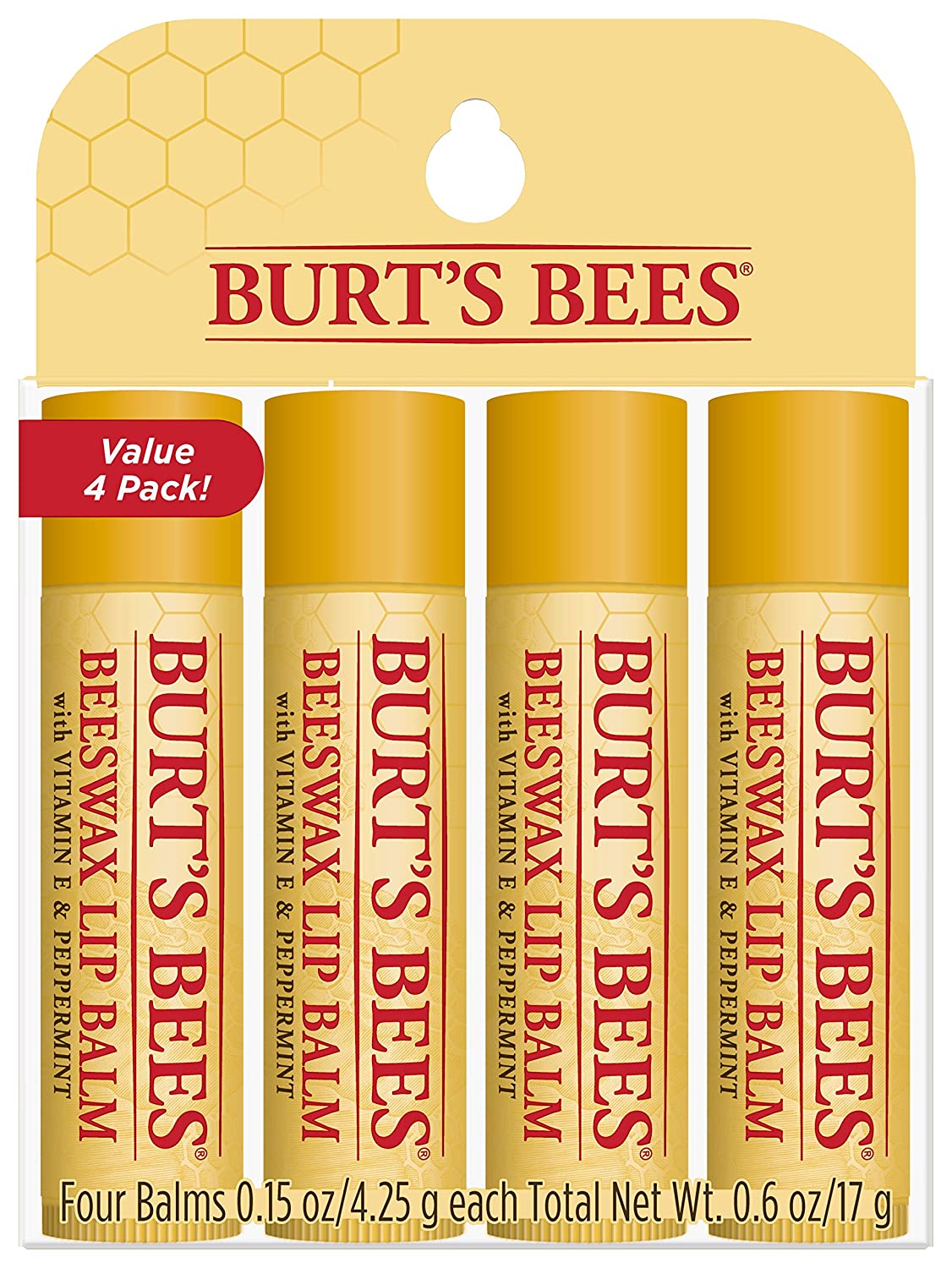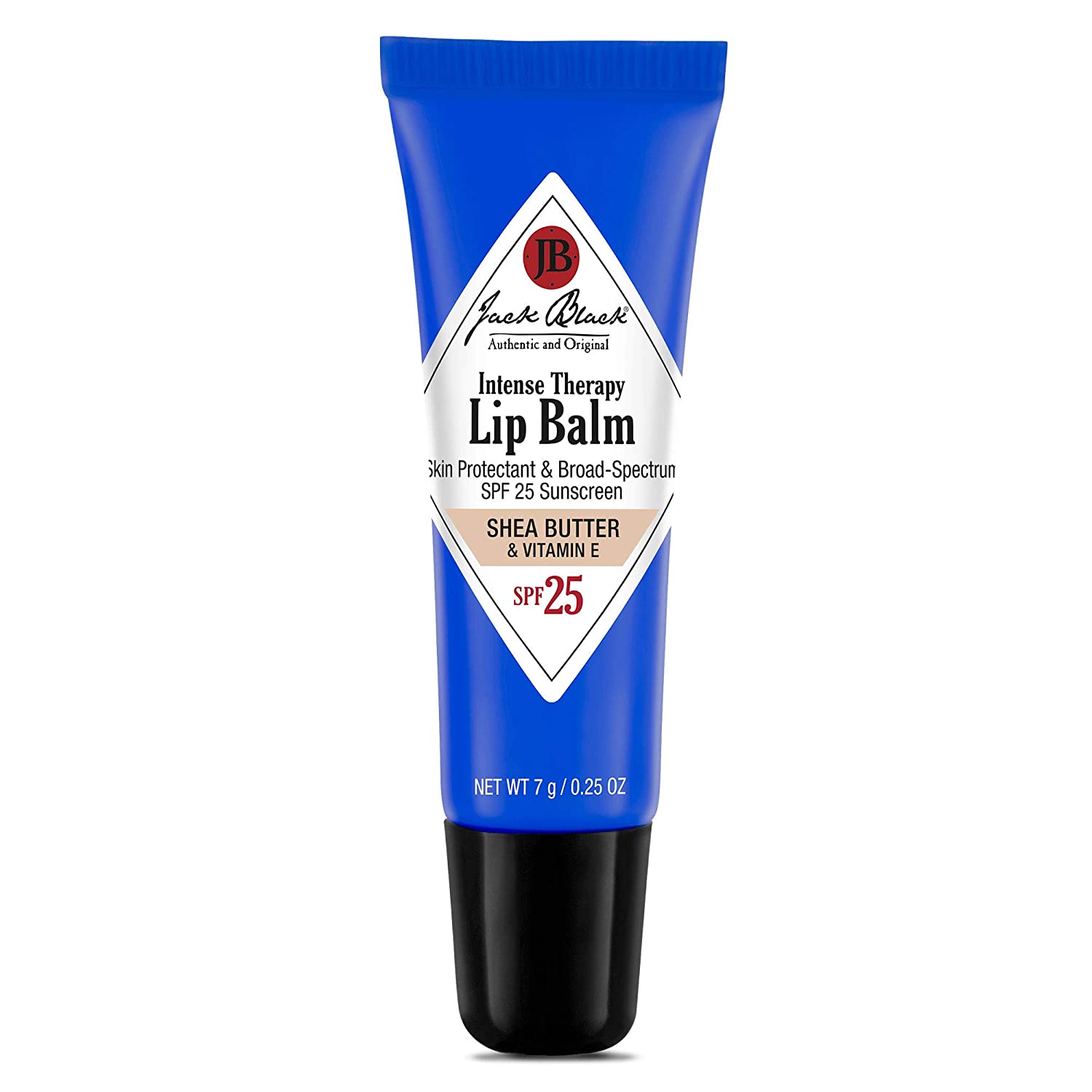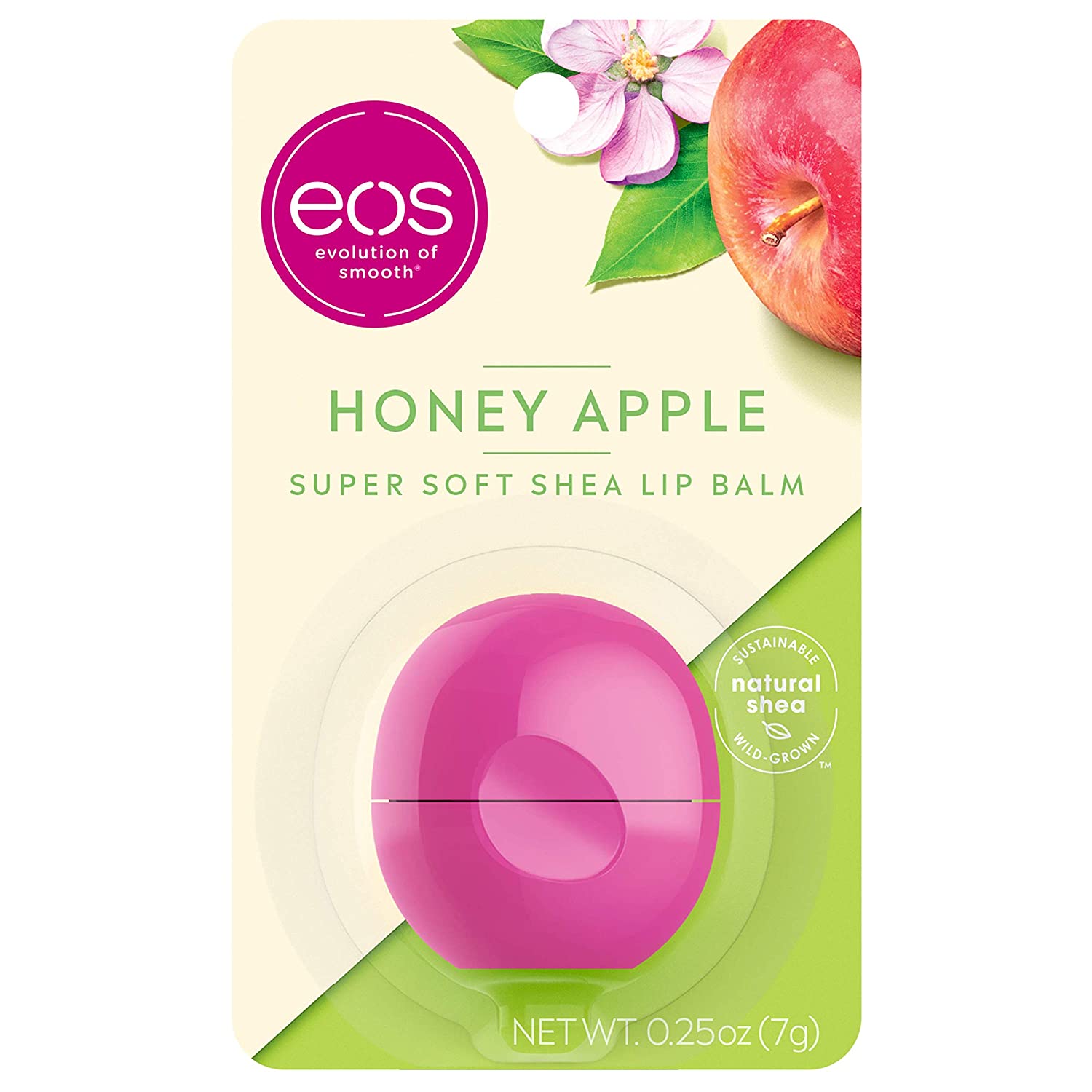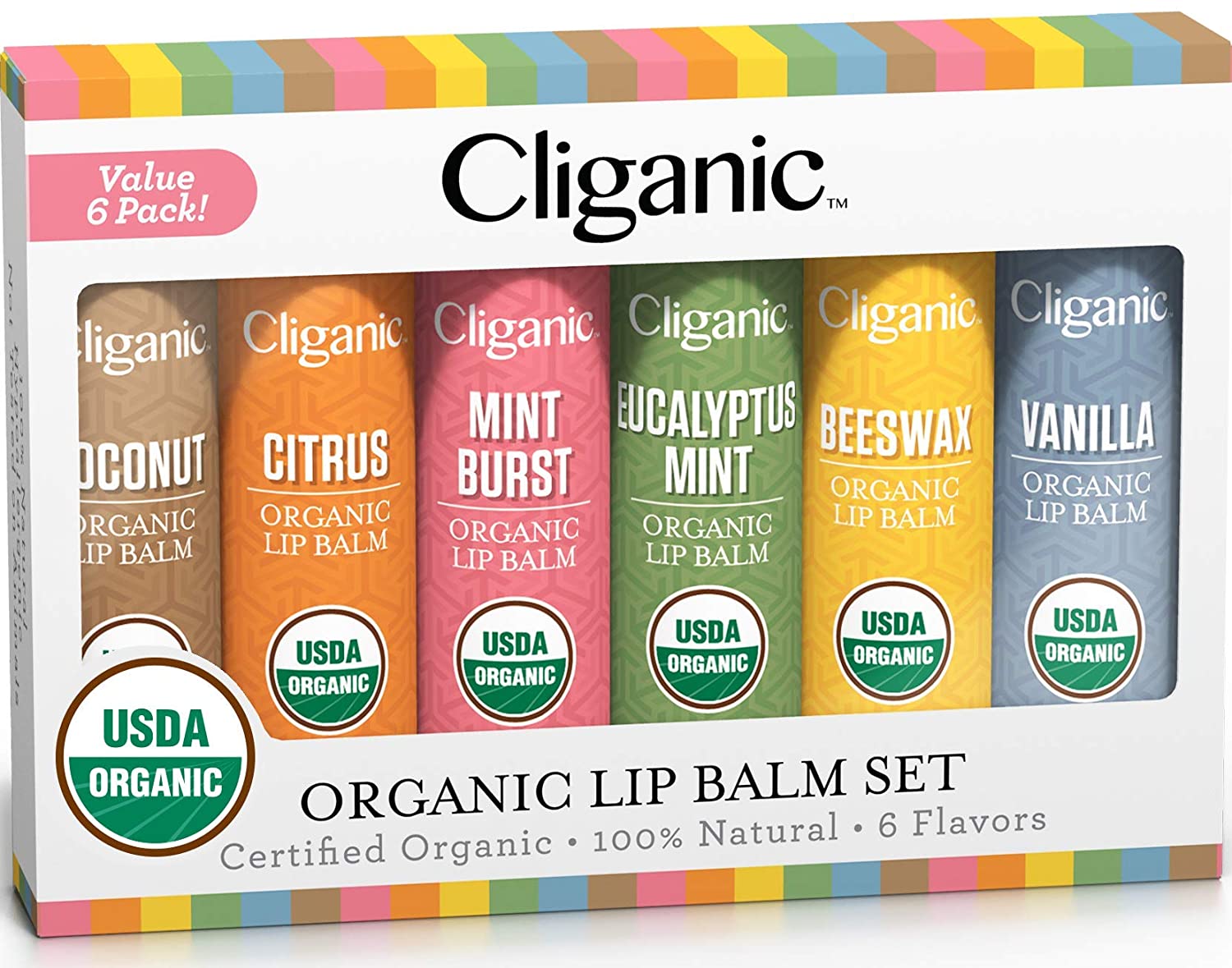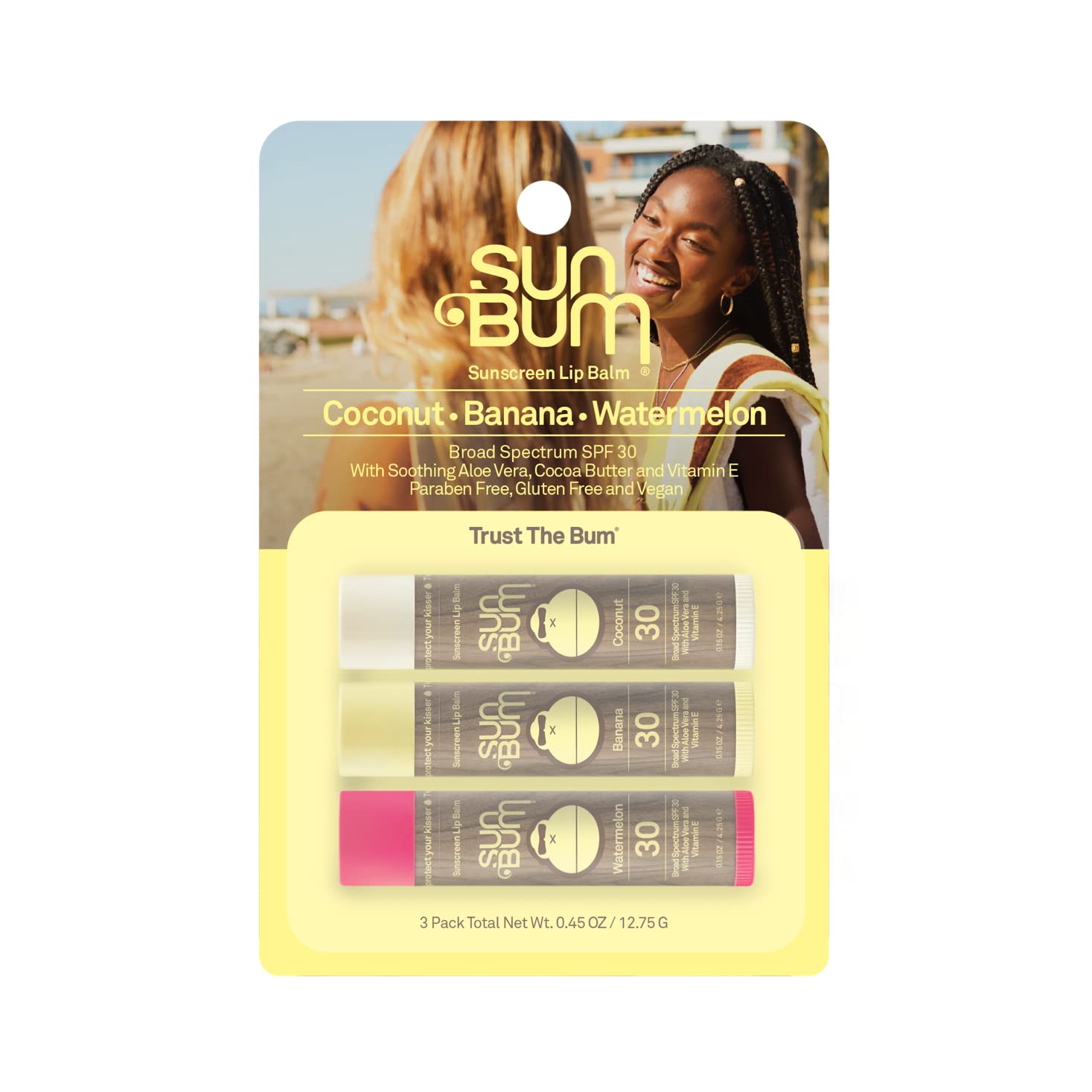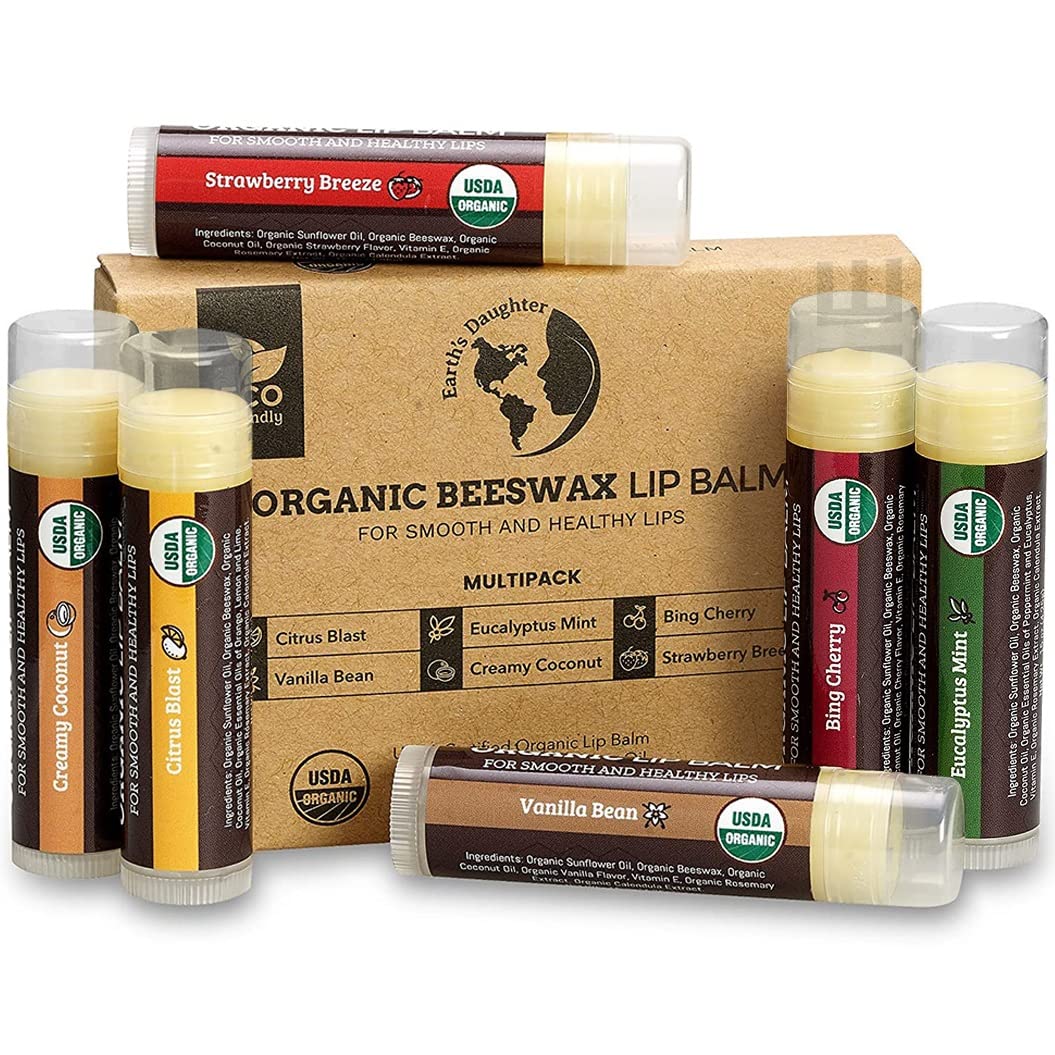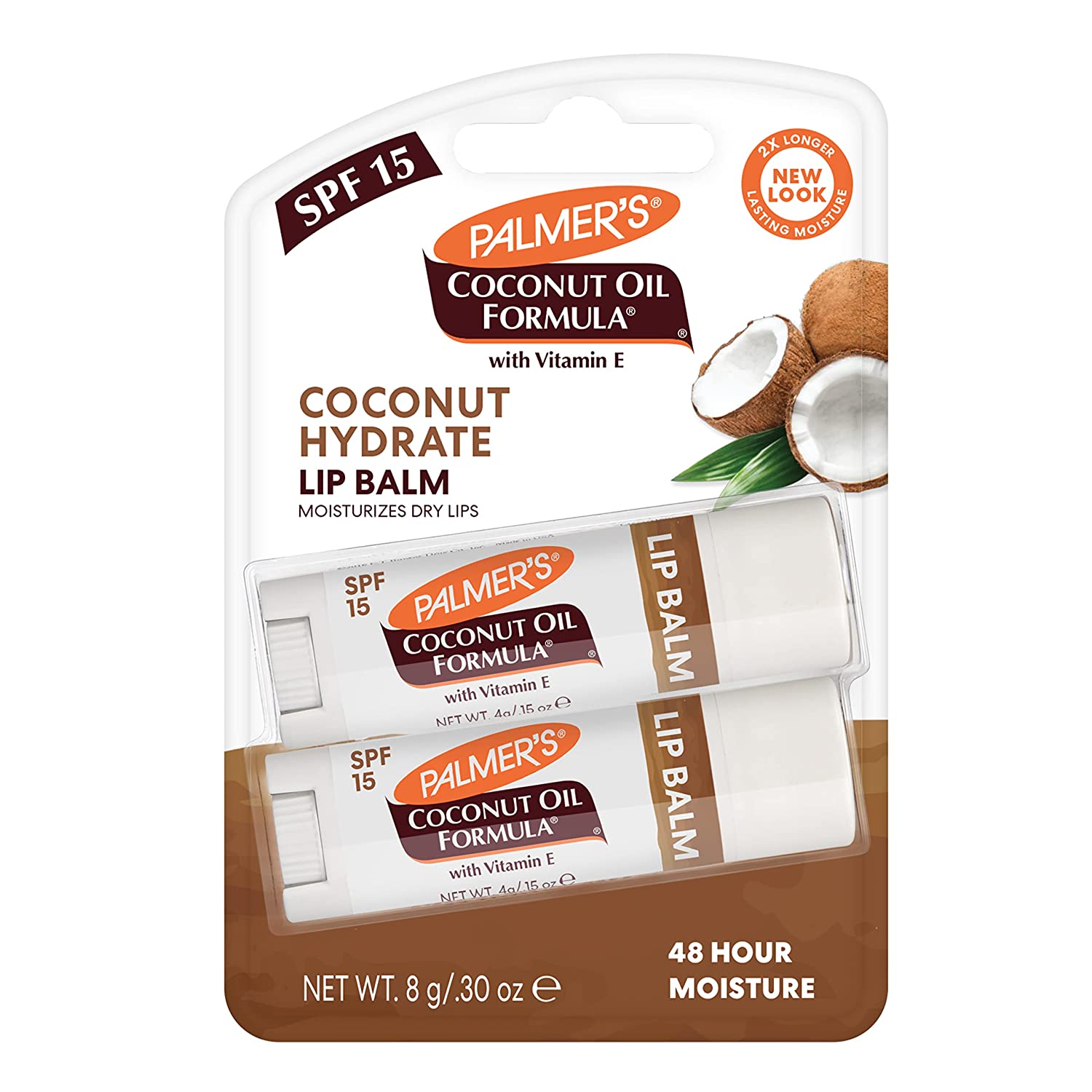Burt’s Bees Vitamin E & Peppermint Oil Lip Balm, 4-Pack
Last updated: June 30, 2022
This go-to balm does a lot more than simply wax your lips. The beeswax and vitamin E mixture protects chapped areas yet keeps them moisturized at the same time. Peppermint provides a bit of cooling flavor without being overpowering.
We looked at the top Lip Balms and dug through the reviews from some of the most popular review sites. Through this analysis, we've determined the best Lip Balm you should buy.
No products found.
Product Details
Key Takeaway: Give chapped lips a layer of protection with this healthy balm.
In our analysis, the Burt's Bees Burt's Bees Vitamin E & Peppermint Oil Lip Balm, 4-Pack placed 1st when we looked at the top 7 products in the category. For the full ranking, see below.
From The Manufacturer
LIP CARE: Bursting with minty freshness, refresh and nourish your lips with Burt’s Bees Beeswax moisturizing lip balm. COOLING COMFORT: Made with Beeswax, Vitamin E and a hint of peppermint oil, hydrate and nourish dry lips with the original favorite Burt’s Bees lip balm. LONG LASTING MOISTURE: Just one swipe of this conditioning lip balm leaves your lips smooth and refreshed all day long. ALL NATURAL: Enriched with 100% natural origin ingredients, this natural lip balm is formulated without parabens, phthalates, petrolatum or SLS. BURT’S BEES LIP BALM TIN: Naturally beautify and revitalize your lips with the refreshing tingle of original Beeswax lip balm.
